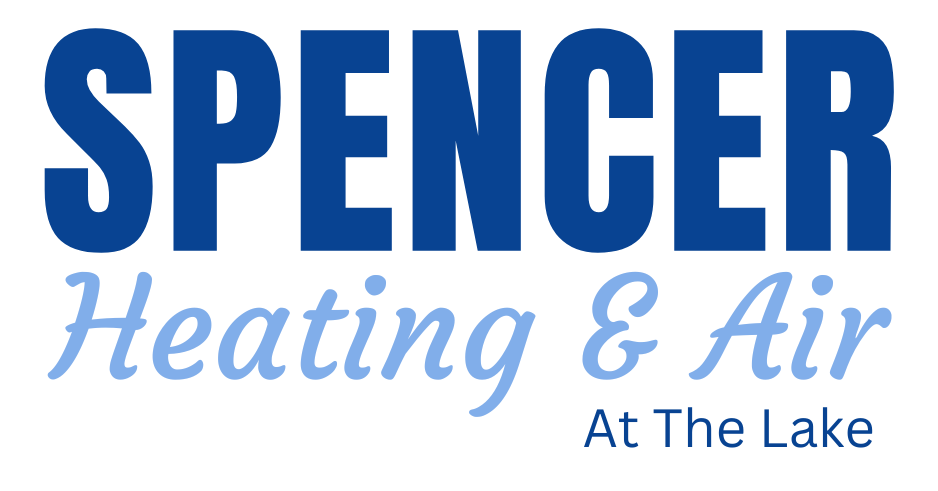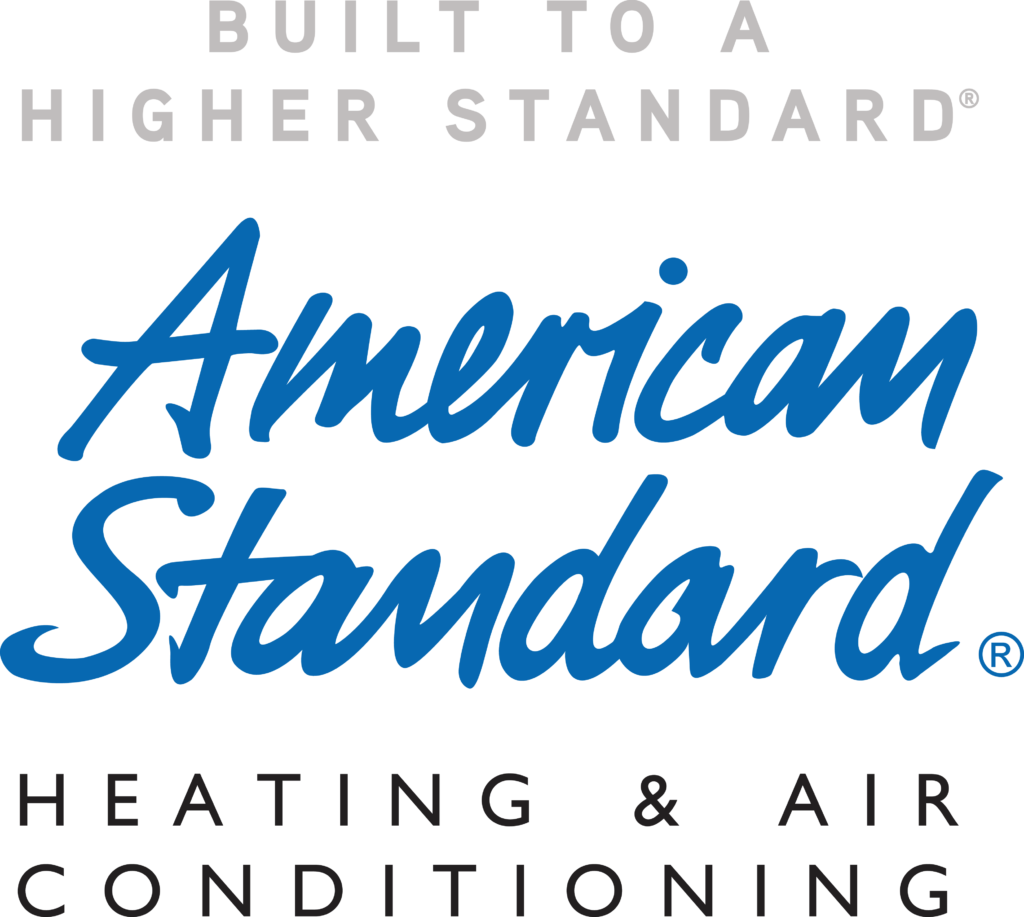6 Powerful Tips to Improve Airflow in Your Home
Ensuring proper airflow in your home isn’t just about comfort; it’s essential for better energy efficiency, improved indoor air quality, and even prolonging the life of your HVAC system. Poor airflow can make your living space uncomfortable, spike your energy bills, and create uneven temperatures throughout your home. The good news? There are plenty of simple and effective ways to enhance air circulation in your home. Here are seven powerful tips to help you breathe easier and enjoy a more comfortable environment.
1. Change Your Air Filters Regularly
Dirty air filters are one of the most common culprits behind poor airflow. When filters are clogged with dust and debris, they restrict the flow of air through your HVAC system, making it work harder to keep your home comfortable. Make it a habit to check your filters monthly and replace them every 1-3 months, depending on your system’s requirements and whether you have pets or allergy-sufferers in your home. Clean filters improve airflow, reduce strain on your HVAC system, and maintain better indoor air quality.
2. Inspect and Seal Your Ductwork
Leaky or poorly insulated ducts can cause significant airflow issues. If conditioned air escapes through holes or gaps in your ductwork, it won’t reach the rooms in your home evenly. Inspect your ducts for leaks, cracks, or disconnected joints. These issues may require professional replacement. Improving ductwork efficiency can boost airflow and reduce energy waste.
3. Clean Your Vents and Registers
Blocked or dirty vents can interrupt airflow and make heating or cooling your home a challenge. Dust and vacuum your supply and return vents regularly. Keep furniture, curtains, and other household items away from your vent openings to allow air to circulate freely.
4. Use Ceiling Fans the Right Way
Ceiling fans are an excellent, energy-efficient tool for better air circulation. During the summer, set your ceiling fan to rotate counterclockwise to push cool air down. For winter, reverse the direction to a clockwise motion at low speed. This helps redistribute warm air that naturally rises to the ceiling, making your rooms feel cozier without cranking up the thermostat.
5. Optimize Your Home’s Layout
The arrangement of your furniture and decorative items can impact airflow. Large pieces of furniture, rugs, or curtains can unintentionally block air pathways and disrupt ventilation. Take a walk through your home and ensure that air can flow freely around and under furniture. By optimizing your home’s layout, you promote better airflow and maintain consistent temperatures throughout every room.
6. Upgrade Your HVAC System or Add Zoning
Older HVAC systems may struggle to maintain proper airflow, especially in homes with multiple stories or rooms requiring different temperature settings. Upgrading to a newer, energy-efficient system can improve airflow and save on utility costs. If only certain areas of your home face airflow challenges, consider adding a zoning system. Zoning divides your home into sections, allowing independent airflow and temperature control for each one.
Why Proper Airflow Matters
Beyond comfort and energy savings, proper airflow plays a big role in protecting your home’s structural integrity and improving your health. When airflow is inconsistent, moisture can accumulate, leading to mold and mildew growth. This could damage your walls and insulation over time. Poor ventilation can also trap allergens, dust, and pollutants in the air, potentially worsening allergies or respiratory issues. By following these tips, you make your home a healthier and more enjoyable space.
Frequently Asked Questions
Q1. How can I tell if my home has poor airflow?
A1. Common signs of poor airflow include hot and cold spots, stuffy rooms, high energy bills, and reduced airflow from vents. If you notice weak vent air pressure or excessive dust buildup in your home, it may be time to investigate airflow issues.
Q2. Can I improve airflow without professional help?
A2. Absolutely! Many solutions, such as changing your air filters, cleaning vents, and rearranging furniture, can be done on your own. However, for advanced fixes like HVAC upgrades, hiring a certified professional is best.
Q3. What type of air filter is best for improving airflow?
A3. Basic fiberglass filters are good for airflow, but they don’t trap as many pollutants. Pleated air filters with a MERV rating between 8-12 strike a great balance between filtration and airflow. Avoid overly restrictive filters unless your HVAC system is designed for them.
Q4. How often should I clean my vents?
A4. You should clean your vents at least once every few months. If you have pets or live in a dusty environment, you might need to clean them more frequently.
Q5. What is a zoning system, and will it really help?
A5. A zoning system divides your home into different sections, each with its own thermostat. It helps direct airflow where it’s needed the most, solving issues like uneven temperatures. This is particularly helpful for larger homes or those with multiple stories.
Contact Us
For more than 50 years, our factory-trained comfort specialists and technicians have helped to keep your home comfortable! Spencer at the Lake is a trusted American Standard Heating & Air Conditioning Customer Care Dealer in the Lake Martin area. Call us at (256) 373-3165 for more information, and follow us on Facebook and Instagram.
We’re here to help you create the perfect airflow solutions for your home!
By taking these powerful steps, you can enjoy a home that feels fresher, healthier, and more comfortable every day. From routine maintenance to investing in upgrades, small changes can make a big difference. Breathe easier knowing your home is working for you! improve airflow improve airflow improve airflow improve airflow improve airflow improve airflow





